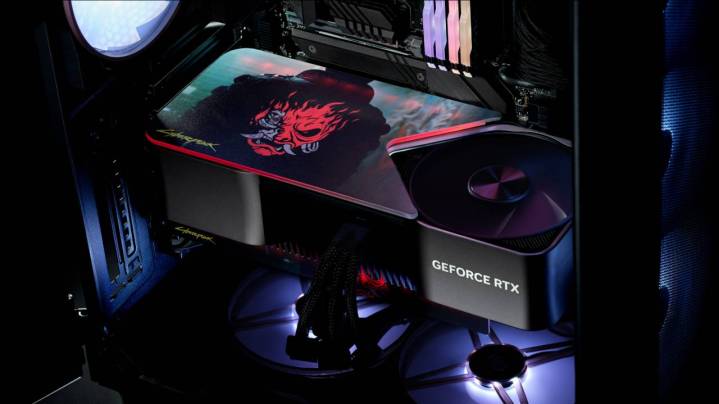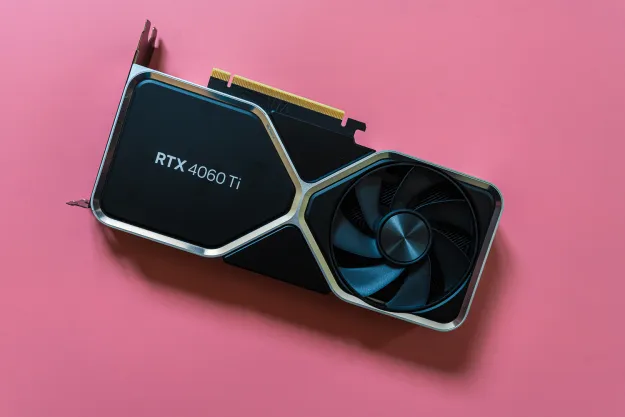Just as we thought we were out of the woods in regard to the power requirements of Nvidia’s RTX 4090, the custom versions are here to prove us wrong.
While the GPU has been spotted hitting remarkably high clock speeds, even breaking past the 3GHz limit, some of Nvidia’s board partners are serving up equally intense PSU requirements. In short, you may need a 1,200W PSU to run the RTX 4090.

The power requirements of Nvidia’s new flagship, the RTX 4090, have been the subject of much speculation for months prior to its release. The reality proved to be less disastrous than some may have expected. In Nvidia’s own Founders Edition version, the card has a 450W TBP, and Nvidia recommends the use of an 850W power supply to comfortably run it. Of course, it’s hardly a conservative amount, but some prior whispers pointed to a 1,000W or more PSU, so this still felt like good news.
Unfortunately, Nvidia’s board partners are bringing these considerations right back. All the giants, such as Asus, Gigabyte, MSI, and others (EVGA excluded) will be releasing their own versions of the beastly GPU, and they will have their own power supply recommendations to match.
Tom’s Hardware checked out all the custom versions of the RTX 4090 that we currently know of and compiled a list of recommended PSU wattage. Some add-in board (AIB) makers are sticking to Nvidia’s 850W recommendation, such as MSI, PNY, Galax, and Inno3D. Others, however, are calling for more, with one especially outrageous recommendation.
Asus, Gigabyte, and Zotac recommend a 1,000W power supply for their flagship cards. Palit, however, went all-out with its RTX 4090 GameRock OC graphics card, asking for an enormous 1,200W power supply.

Is this kind of wattage really justified? It’s hard to know without seeing the card’s TBP, which Palit is yet to share. The wattage required also heavily depends on the rest of your rig.
Considering that non-reference models often push the limits a little harder than the Founders Edition, it’s not exactly a surprise that the minimum PSU wattage is listed as higher, too. However, it might also be that GPU makers are trying to cover all the bases and don’t want to be responsible in the event that someone uses a PSU that doesn’t meet the requirements of their entire build.
After all, it’s not just the graphics card that consumes a lot of power, and anyone who uses an RTX 4090 is likely going to pair it with one of the best CPUs, some beefy coolers, and other components — it all adds up.

Nvidia’s upcoming RTX 4090 will undoubtedly swiftly climb the ranks of the greatest graphics cards. It was recently spotted in a benchmark, hitting a massive 3.0GHz clock speed and going up to as high as 616W. Obviously, if you’re going to overclock your GPU and your CPU, you will need a much better power supply.
In general, it is best to follow the manufacturer’s recommendations, although the 1,200W PSU requirement sounds pretty extreme. If you’re going with an 850W PSU for one of the cards that settle for that, remember to shop for something from the upper shelf and don’t go cheap. The stability of your whole build depends on the PSU, so it’s always better to allocate a little more of your budget in that direction than to have anything happen later on.
Editors' Recommendations
- Nvidia RTX 50-series graphics cards: news, release date, price, and more
- This might be why the RTX 4090 is getting so expensive
- Asus’ new RTX 4090 shattered GPU overclocking records, and you’ll be able to buy it soon
- Here’s why I’m glad Nvidia might kill its most powerful GPU
- Nvidia’s peace offering isn’t working




